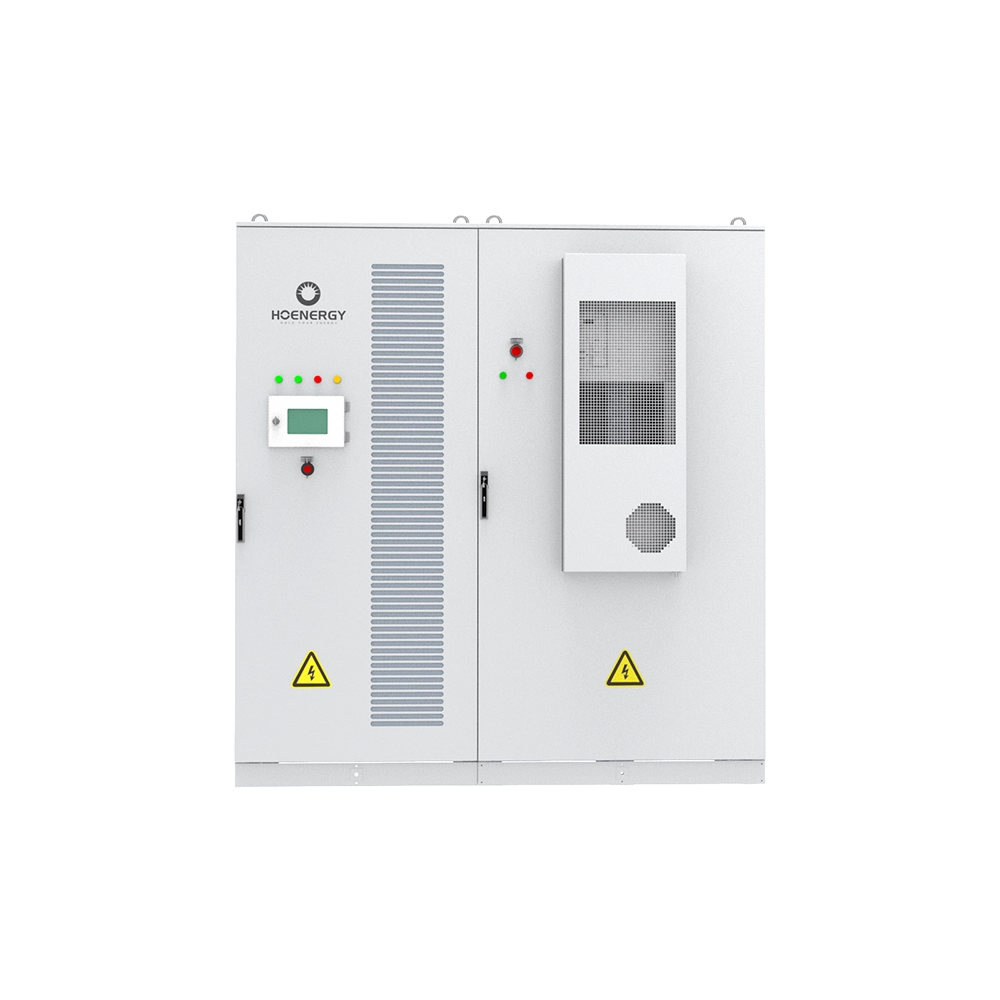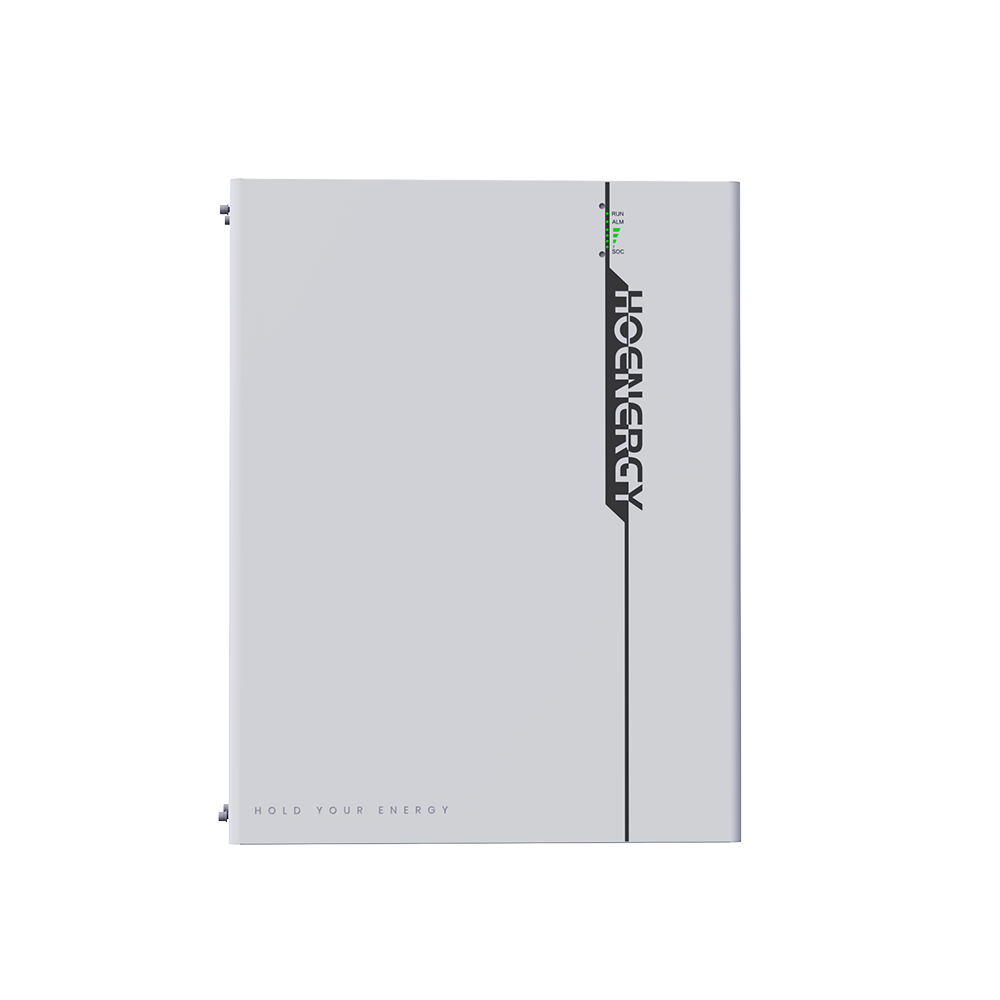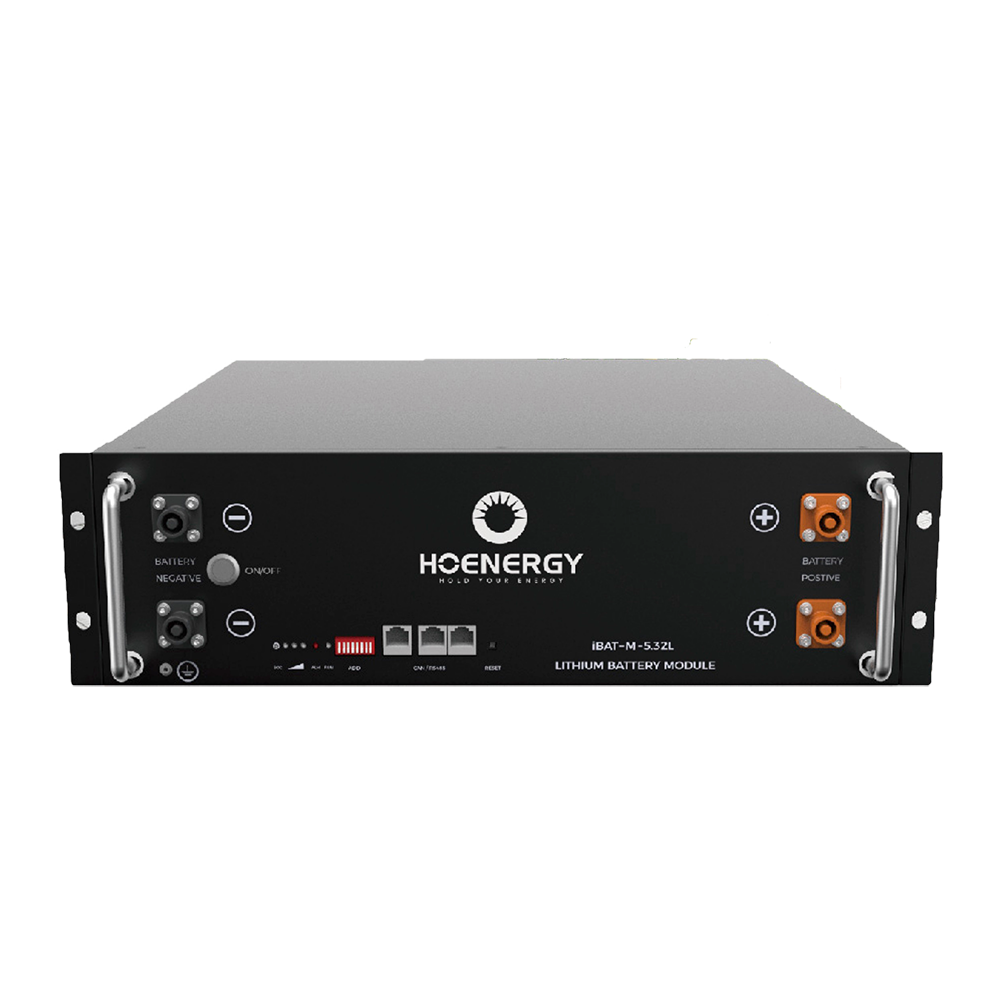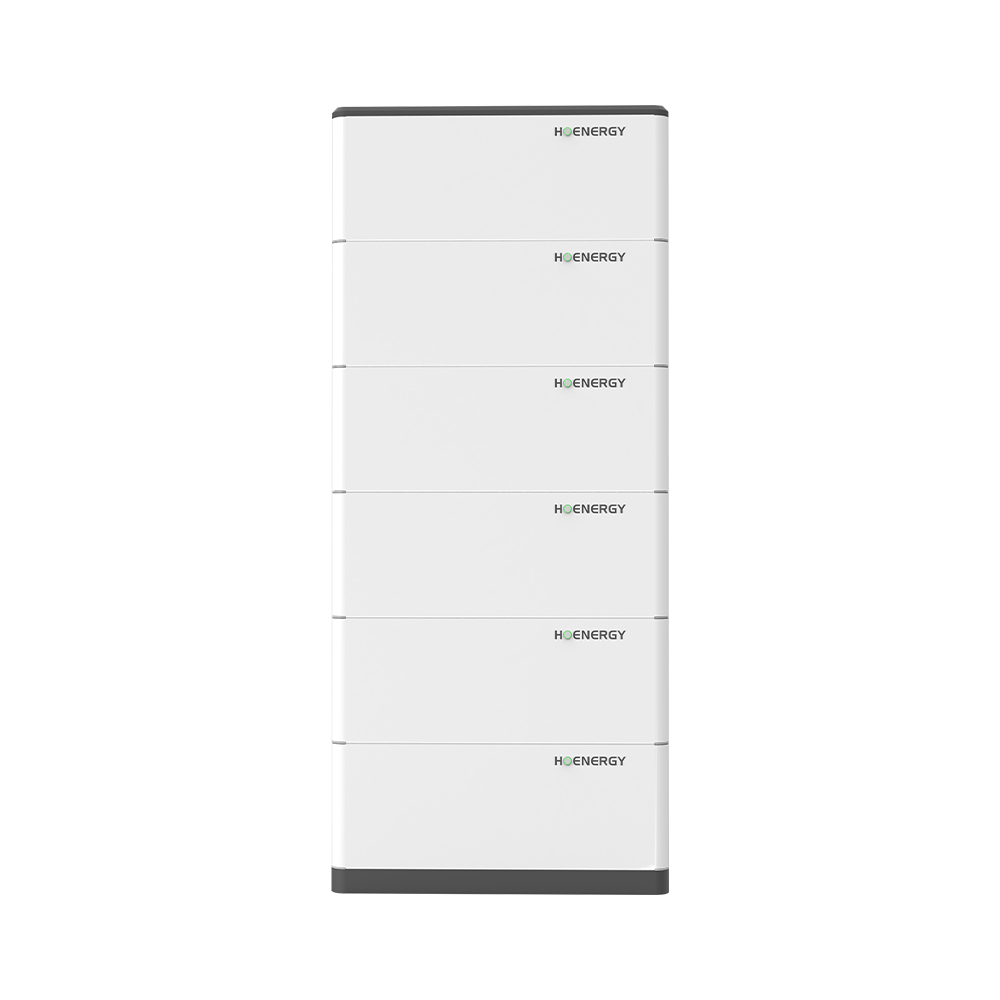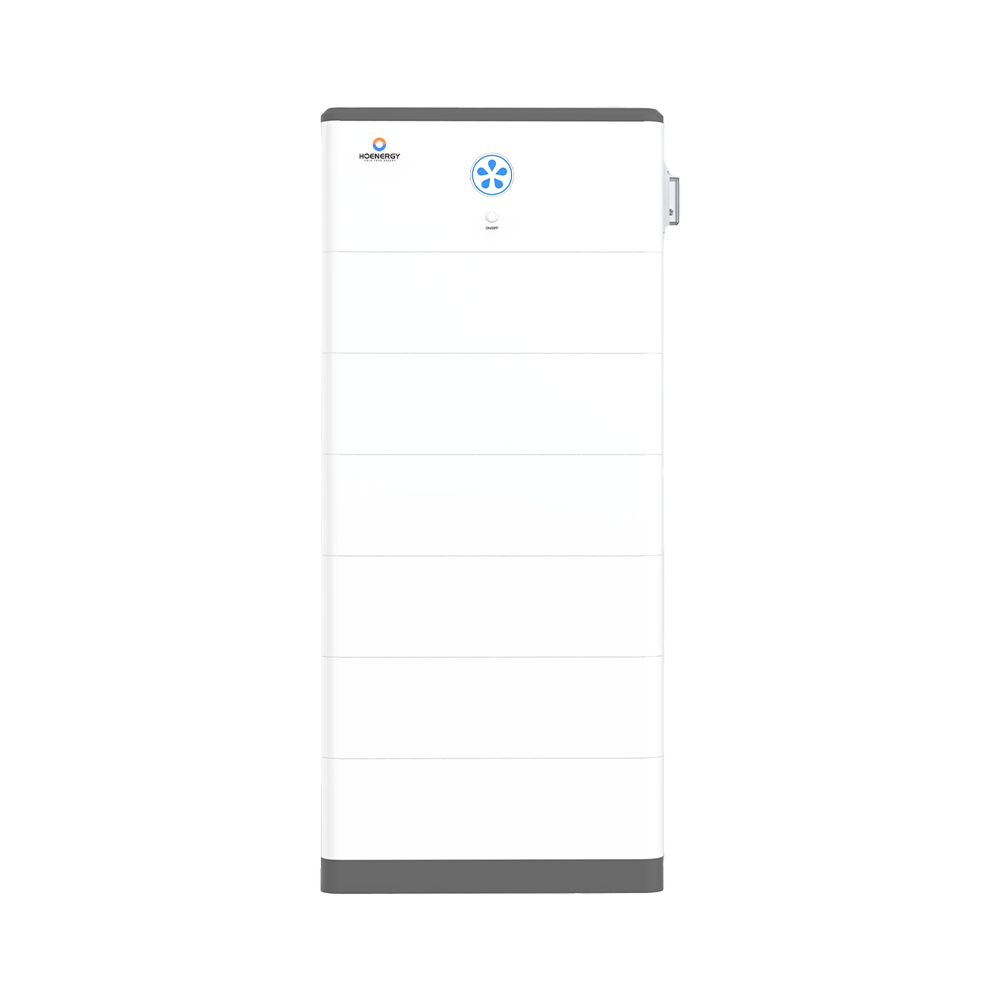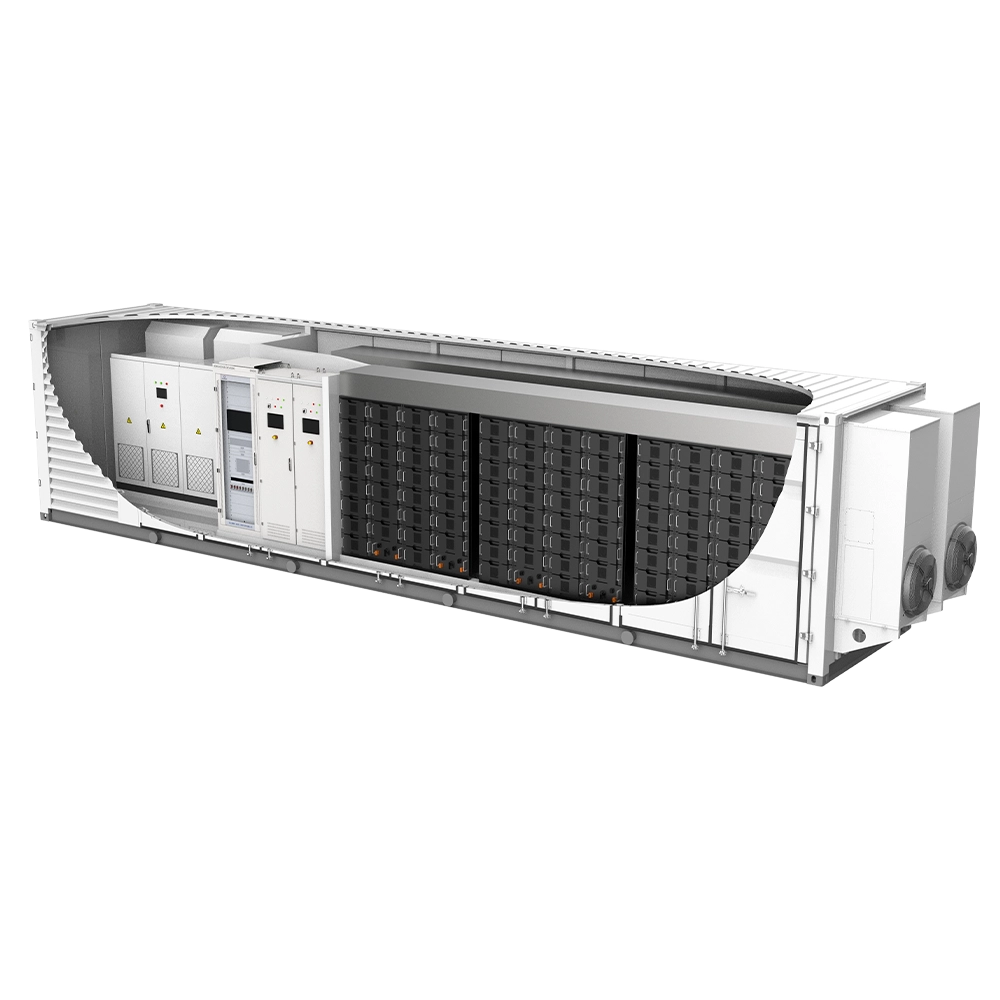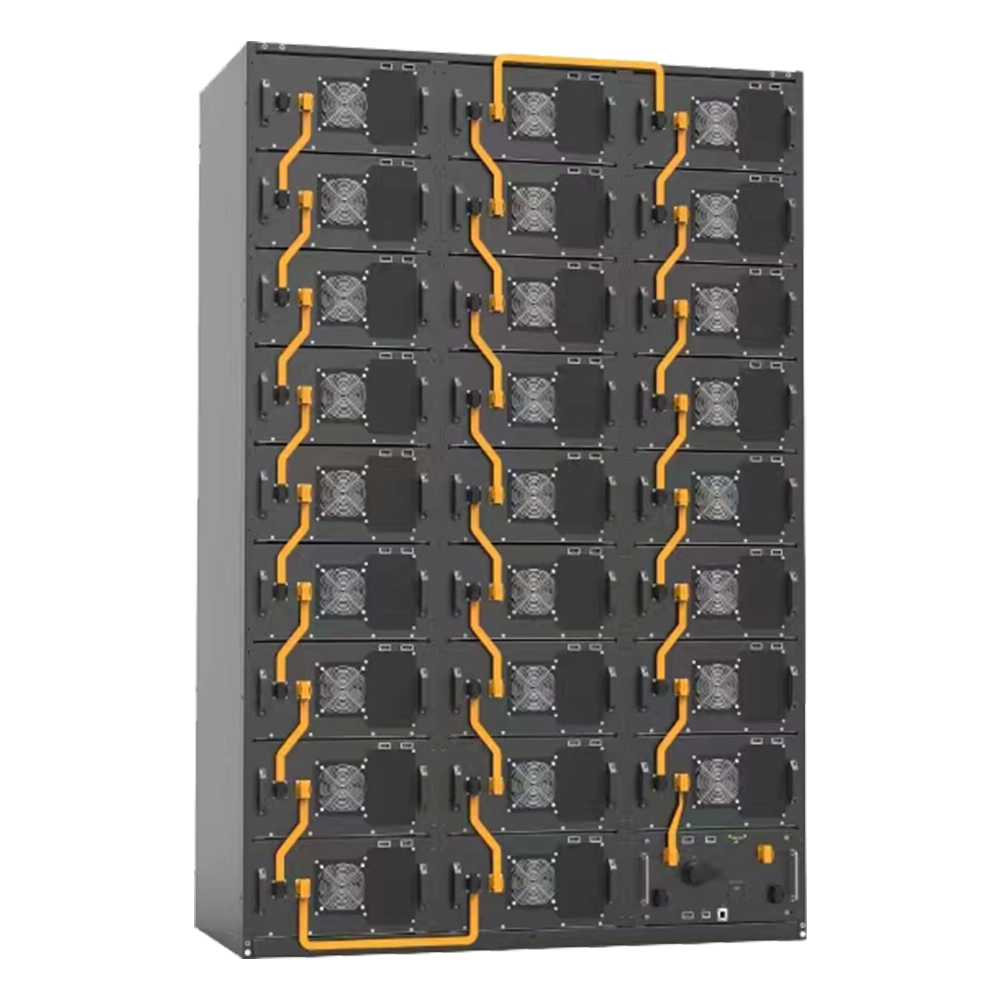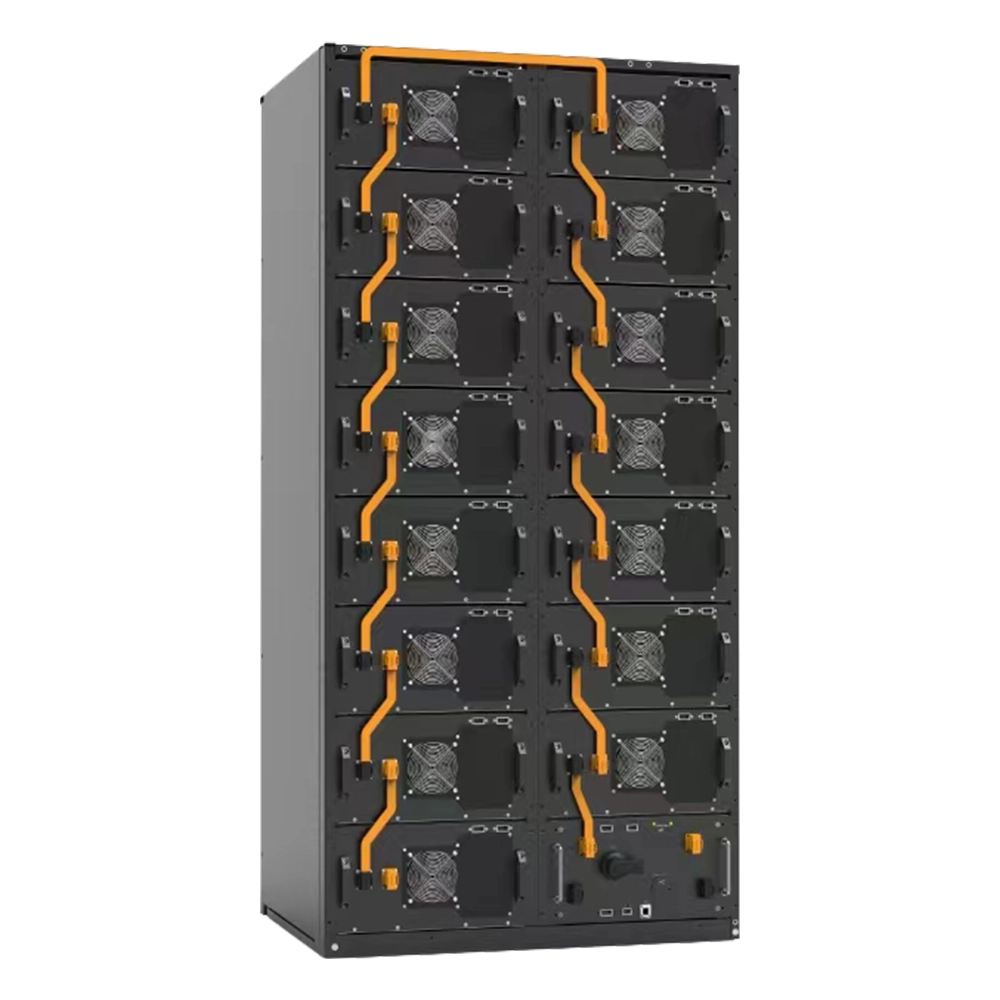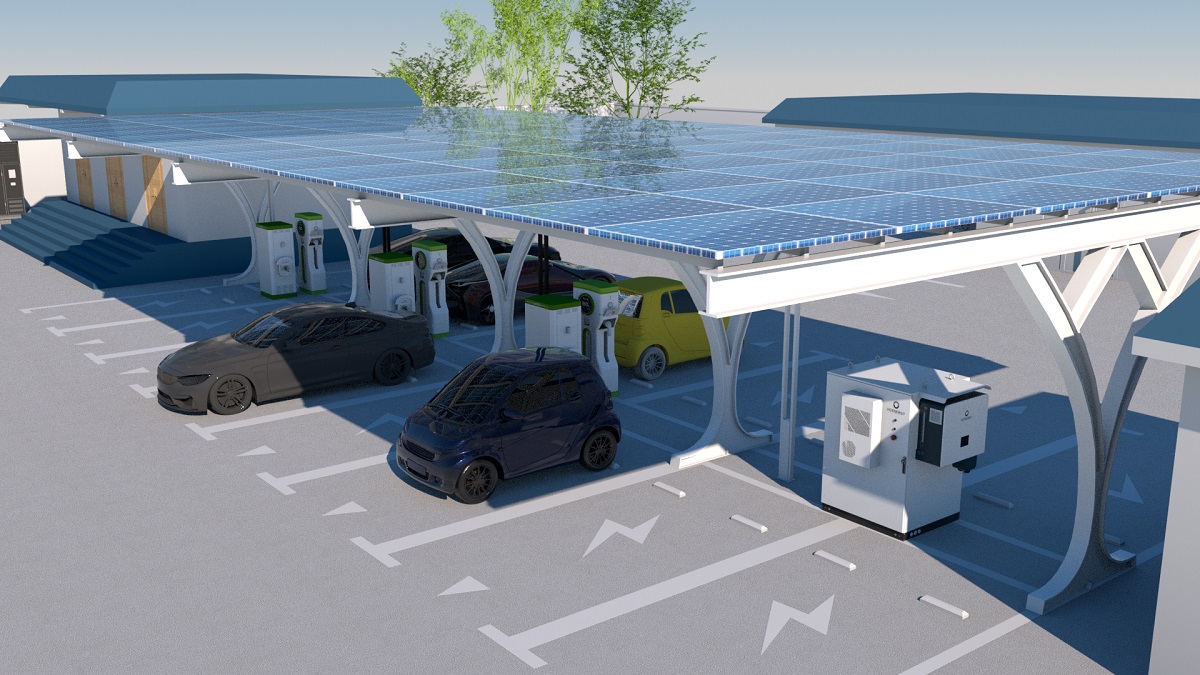Applications for Three-Phase Inverters: An Overview
Part of modern electricity and renewable energy systems are three-phase inverters. They are intended especially to control three-phase power networks, which convert direct current (DC) to alternating current (AC). The numerous applications, advantages, and effect of three-phase inverters in many industries and sectors are thoroughly examined in this article, along with the elements influencing their acceptability.

Analyzing Three-Phase Inverters
Understand what three-phase inverters are and how they operate before delving into their applications. Three-phase inverters find extensive usage in large residential, industrial, and commercial applications and are appropriate for three-phase power networks. One phase of electricity is all that single-phase inverters control.
With its three AC lines spaced 120 degrees apart, three-phase power systems provide a more steady and well-balanced power supply. Three-phase inverters convert DC electricity—typically produced by solar panels or stored in batteries—into three-phase AC electricity that powers motors, industrial machinery, and other three-phase devices.
Principle Applications of Three-Phase Inverters
Domestic Applications
Fabrication Facilities
In industrial facilities, three-phase inverters power a lot of heavy machinery, conveyor systems, and manufacturing lines. Three-phase systems provide steady, effective electricity that industrial equipment cannot run constantly or dependably without. Furthermore enhancing process flexibility and energy efficiency is the inverter’s capacity to change motor speed.
Process Industries
Chemical, petrochemical, and food processing are among the process sectors that need for exact management of their equipment and procedures. Maximizing production efficiency and preserving stable quality depend on the exact motor speed and torque control that three-phase inverters accomplish. They also contribute to lessen the mechanical stress on equipment, which prolongs its life and lowers maintenance costs.
Applications Commercial
Construction of Office Buildings
Three-phase inverters run lights, elevators, and HVAC (heating, ventilation, and air conditioning) systems in large office buildings. Larger installations are better suited for three-phase systems, which also lower energy losses and operational costs. Furthermore, inverters may facilitate the connection to renewable energy sources, therefore raising the structure’s energy efficiency and sustainability.
Industries
Data centers need dependable, uninterruptible electricity to keep computers and IT equipment operating around-the-clock. One less chance of downtime is offered by three-phase inverters’ redundancy and power stability. They also enable the use of backup power sources like batteries and generators, therefore ensuring the integrity and availability of data.
Systems for Green Energy
solar power installations
Large-scale solar power projects using three-phase inverters include commercial rooftop systems and solar farms, to name just two. They convert solar panel direct current into alternating current that is acceptable for the grid. Large installations are made feasible by higher power ratings of three-phase inverters, which also provide effective utility grid connections that encourages grid stability and the use of renewable energy.
Systems for Wind Power
In wind power systems, three-phase inverters transform variable-frequency alternating current produced by wind turbines into steady alternating current output. This conversion is necessary for grid coordination and for guaranteeing effective energy transmission. In wind power systems, three-phase inverters increase energy collection and dependability, which advances the field of wind power as a sustainable energy supply.
Mobility and Electric Vehicles
Electric Vehicle Infrastructure
The fast growth in electric car ownership has made dependable and effective charging infrastructure more necessary. Three-phase inverters are necessary at electric car charging stations to transform grid electricity into the form needed to charge batteries in electric vehicles. Enabling fast-charging capabilities will shorten the charging process and make owning an electric car more convenient.
Systems for railroads
Three-phase inverters are used by railway systems—trains and trams included—to run traction motors and ancillary equipment. Smooth acceleration and deceleration as well as energy regeneration while braking are made possible by the exact control offered by the inverter. Railway systems thereby improve in effectiveness and efficiency, which lowers running costs and energy consumption.
Applications offshore and in the marine environment
Ships, ships everywhere
Powering propulsion systems, auxiliary equipment, and onboard electrical systems in maritime applications are three-phase inverters. The harsh offshore circumstances absolutely call for their efficiency and power stability. Moreover, inverters make it possible to include solar and wind energy into naval power systems, which raises sustainability and lowers fuel use.
Platforms off shore
Oil rigs and wind farms, among other offshore platforms, need the electricity that three-phase inverters provide. Pumps, drilling equipment and other vital systems are powered by inverters to provide a dependable and effective energy supply. They also enable the use of renewable energy, therefore lowering the environmental effect and reliance on diesel generators.
Rural and agricultural irrigation systems electrified
In agricultural uses, three-phase inverters power irrigation equipment, including pumps and control systems. They provide the dependable electricity required for efficient water management, which increases agricultural production and yields. Furthermore, solar energy irrigation is made possible by inverters, which lowers dependency on grid electricity and enhances sustainability.
National Power
Because they provide isolated and impoverished regions dependable electricity, three-phase inverters are crucial to efforts aiming at rural electrification. To microgrids and off-grid systems, they make it easier to add solar and wind energy. In rural places, this may raise living standards, make energy more accessible, and spur economic expansion.
Three-Phase Inverter Characteristics
Heightened Productivity
Higher efficiency inverters are available for three-phase systems than for single-phase systems. Their balanced power enhances system performance and reduces energy losses. This is very crucial in commercial and industrial applications as energy efficiency may save a lot of money.
More Power of Superior Quality
Because three-phase systems have less chance of voltage sags, fluctuations, and harmonic distortion, they provide more steady and reliable power. This lowers maintenance and downtime while also increasing the life and performance of electrical equipment.
More Power
Because three-phase inverters can manage larger power loads, they are appropriate for high-power and large-scale applications. They provide the electricity required in challenging settings to operate big HVAC systems, heavy machinery, and intricate lighting installations.
Mobility and Expansion
Expansion of electricity systems is made easy and flexible by three-phase inverter. With anticipated future growth and demand, this is particularly helpful in renewable energy installations and infrastructure for charging electric vehicles.
Elements Affecting Cost Acceptance
The initial outlay for three-phase inverters may be more than for single-phase systems. But the long-term savings in energy, dependability, and efficiency often outweigh this cost. Furthermore promoting the economical usage of three-phase inverters are tax advantages and rebates for renewable energy installations.
Superior Technology
Three-phase inverter utilization is fueled by developments in inverter technology, which include improved power electronics, digital controls, and smart grid connection. A greater variety of applications will find three-phase inverters more appealing and accessible as performance, dependability, and availability increase.
Regulatory Support and Policy
Part of the reason three-phase inverters are in use is because grid stability, energy efficiency, and renewable energy are supported by government laws and regulations. Stakeholder and customer confidence is gained via the standards and certifications that ensure inverter dependability and safety, among them UL, IEEE, and IEC.

Summarize
In many applications, three-phase inverters provide several benefits and are a necessary part of modern electrical systems. Three-phase inverters provide the power output, efficiency, and dependability needed to satisfy a broad spectrum of energy demands, including those for industrial manufacturing and commercial buildings as well as those for renewable energy systems, transportation, marine applications, and rural electricity. The course of the world energy system will be more significantly determined by three-phase inverters as long as technology keeps developing and the need for efficient and environmentally friendly energy solutions keeps growing.

